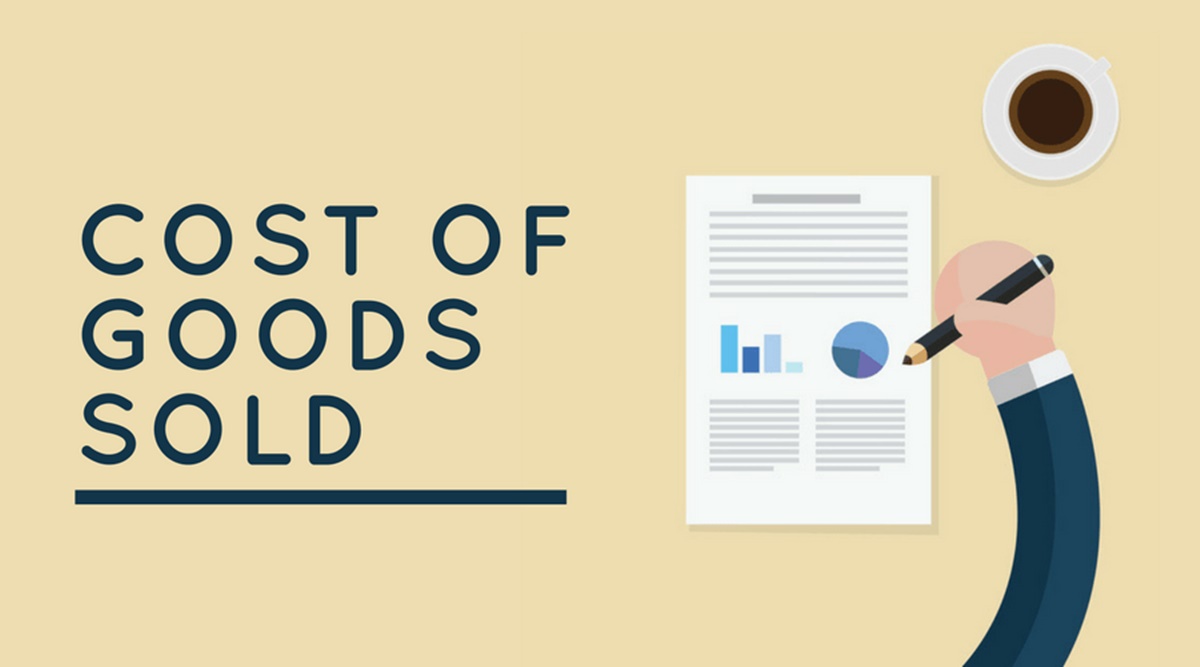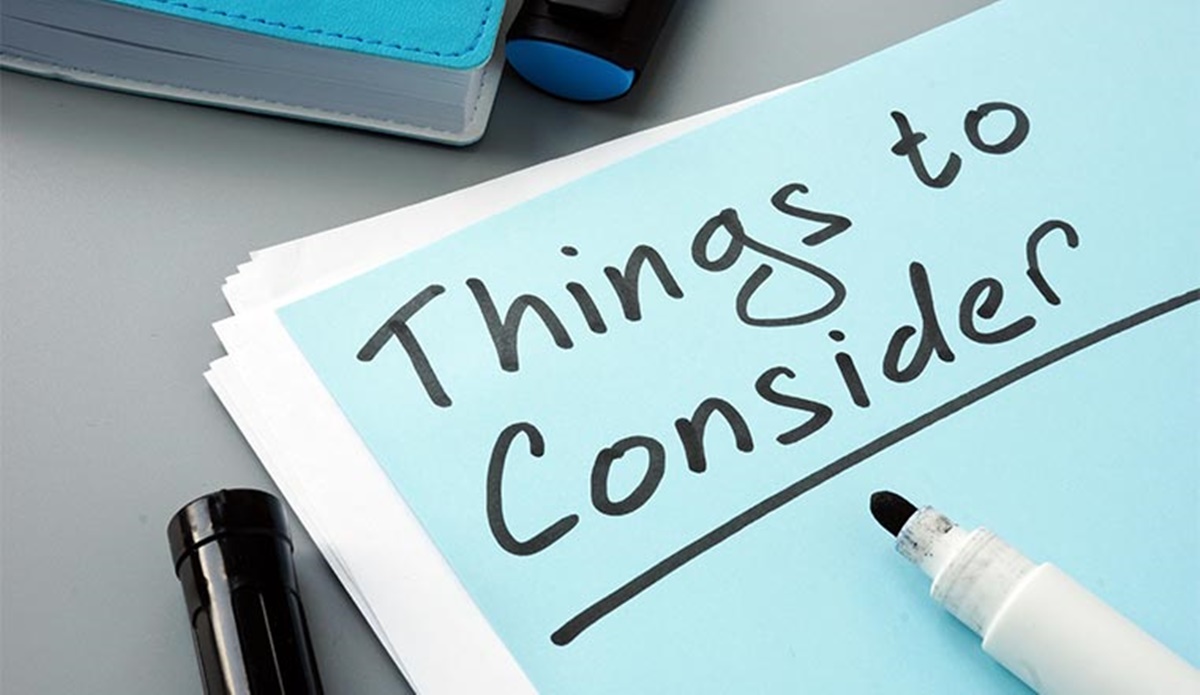How to Calculate Cost of Goods Sold? COGS Formula
Are you planning to run your own business? Consider owning a clothing shop or small manufacturing business? There are countless details to know if you would like to be your own boss, particularly if you’re going to open a retail business that makes things.
One of the most important things to master is to calculate the cost of goods sold. This calculation consists of all the costs involved in selling items. It can be challenging to calculate the costs of goods sold for items you produce or sell. That depends on the quantity of products and the complexity of the production process.
Let’s take a look at the article below to learn more about How to Calculate The Cost of Goods Sold & Online Selling Examples.
What is the Cost of goods sold? Why is it important?

Calculating the cost of goods solds is concentrated on the value of your company’s inventory. If you start selling a physical item, inventory is what you sell. Your company inventory might be products you have bought from a wholesaler or that you have made and are reselling. You might leave an inventory of parts or materials for items that you make. Inventory is a significant business asset, with a certain value.
The process of calculating the cost of goods sold begins with inventory at the beginning of the year and finishes with inventory at the end of the year. Many businesses identify the value of their inventory by having a process of “take inventory.”
How to calculate the cost of goods sold?

The cost of goods sold formula
To determine the cost of goods sold during an accounting period, apply the COGS formula:
COGS = Beginning inventory + Purchases During the Period - Ending Inventory
Your starting inventory is whatever inventory is left from the last period. Next, include the cost of what you bought during the period. Deduct whatever inventory you didn’t sell at the end of the period.
Accounting periods could be months, quarters, and calendar years.
Finding the cost of goods sold: Step-by-step guide

Step 1. Define Direct and Indirect Costs
The COGS calculation process enables you to subtract all the costs of the items you sell, whether you produce them or purchase and resell them. Make a list of all costs, including the cost of labor, cost of supplies and materials, and any other costs.
There are two sorts of costs involved in COGS:
- Direct Costs are costs related to the manufacturing and buying of the item.
- Indirect Costs are costs related to storehousing, equipment, labor, and facilities.
Take a look at an example of the discrepancy between direct and indirect costs:
Direct labor cost is the salaries you pay to full-time and part-time employees who use all their working time directly on the items your business produces.
Indirect labor cost is the salaries you pay to employees who work in your company without any direct connection with producing the item. These could be stocking, packaging, and shipping employees.
Step 2. Define Facilities Costs
Facilities costs are the most complex to define. This is where an excellent tax professional appears. There’s a must for you to allocate a percentage of your facility costs (rent, utilities, and other costs) to each item, for the accounting period in question (often a year, for tax purposes).
Step 3. Define the Beginning Inventory
Inventory consists of the merchandise in stock, raw materials, work in progress, done items, and supplies that are part of the products.
Your beginning inventory of this year is precisely equal to your ending inventory the previous year. If the two amounts are not identical, it’s necessary to explain the difference.
Step 4. Add Purchases of Inventory Products
Many businesses add inventory during the year. Remember to keep track of every shipment cost or the total producing cost of every item you put to inventory. For bought products, you should keep the invoices and any other paperwork. For the products you make, you’ll need your tax professional’s support to define the cost to add to inventory.
Step 5. Define the Ending Inventory
Ending inventory costs are typically defined by taking a physical inventory of items, or by estimating.
Ending inventory costs can be decreased for damaged, useless or obsolete inventory. For a damaged inventory, you’ll make a report of the estimated value. For a useless inventory, you need to prove that it was destroyed. For out of date inventory, you need to prove value decreases.
Step 6. Do the COGS Calculation
Now you have all the details needed to do the COGS calculation. It’s possible for you to do it on a spreadsheet, or get your tax professional to support you. The calculation goes on your company income tax return.
Examples of the cost of goods sold for business selling online

For instance, a retail company runs through Etsy and earns less than $1 million in yearly sales. It keeps track of inventory, such as worthless materials, unsold products, and more. Under these circumstances, IRS Publication 334: Tax Guide for Small Business, shows how the business can apply the cash method of account to reduce inventory spending. If supplies are imported for the Etsy vendor, any taxes, duties, commissions, and other associated fees may count as COGS for IRS purposes. Nevertheless, costs related to online services like PayPal may not be calculated towards COGS. Besides, the time invested in marketing products online does not count toward COGS.
What to consider before calculating the Cost of goods sold?

Before you start, you need some information:
- Accounting method. The IRS asks companies with inventory must account for it by applying the accrual accounting method, with a few exceptions for small businesses.
- Inventory cost method. You will have to determine the cost of your inventory. The IRS enables some other methods (FIFO or LIFO), depending on the sort of inventory. The IRS has shown rules for which identification method you can apply and how to change your inventory cost method.
Besides, there’s some information you need to know about your inventory:
- Beginning inventory, the value of all items, parts, and materials in your inventory at the beginning of the year. It must match your ending inventory at the end of last year.
- Cost of purchases for inventory.
- Cost of the label, to manufacture items and ship them. It’s the employees who work directly with the items.
- Cost of materials and supplies used to produce and ship products.
- Other costs include shipping containers, freight costs, and storehouse spending such as rent, electricity, and so on. Ending inventory - the value of all products in inventory at the end of the year.
Conclusion
Through this post, we’ve provided you the detailed instructions for Calculating the Cost of Goods sold. We hope that it can help you a little in the process of running your own online business.
You can leave any questions you have in the comments section. We’ll reply to you very soon. Thank you for reading!
New Posts







